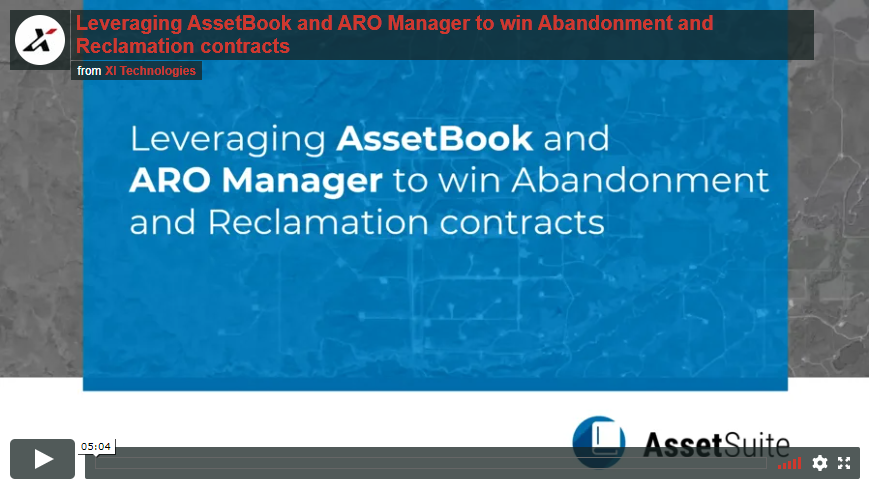Word to the Wise: How service companies can best compete for contracts
May 27, 2020
The Canadian oil and gas industry focus on abandonment, remediation and reclamation work has created a competitive environment for service and supply companies in this space. With the focus of federal funding allotments to the provinces on employing service companies to tackle liability management for E&Ps and the inactive well programs of each province, service companies are looking at ways to differentiate themselves from the pack.
Each week, XI Technologies scans its unique combination of enhanced industry data to provide trends and insights that have value for professionals doing business in the WCSB. If you’d like to receive our Wednesday Word to the Wise in your inbox, subscribe here.
We are into the second round of grant funding for the Alberta Site Rehabilitation Program (ASRP) and as such, service and supply companies need to find innovative and strategic approaches to business development and sales. Whether approaching operators for Phase I site assessments, abandonment work, or reclamation work, having a better understanding of the operator’s situation is key. As E&P companies try to do more with less, they continue to rely on service and supply companies to spot trends, identify opportunities, and devise solutions to liability management issues.
There are several challenges fighting a service company’s ability to create this value for E&Ps:
- Company LLR is no longer published by the AER but could be key to determine operators that could use instant liability relief.
- The LLR liability costs by license could be used to identify and prioritize best sites to reduce an operator’s LLR, but where do you get this information?
- Real world costs for remediation are not built into the LLR program, so what is the best way to understand these?
- Access to data to instantly ID licenses with potential non-routine closures including surface casing vent flow, gas migrations, ground water protection, sour wells, and reported site spills are paramount to the planning process.
- Identifying adjacent wells and operators with inactive wells in your area of focus, and their working interest partners can further business development and economies of scale in a core area.
- The ability to quickly identify operator core and non-core properties is key to a pitch.
- Viewing production histories and identifying aging fields to help E&P companies be more strategic puts a service and supply company above the competition.
Coming to a meeting with the appropriate information about your prospective client’s operations, challenges, and opportunities not only shows you know your stuff, but that you care enough about their business and success to have done your homework.
As one of Canada’s best and most accessible sources of public data, XI has developed a short video to demonstrate how a service and supply company can use AssetBook and ARO Manager to quickly and easily identify prospects or prepare for a meeting with prospective companies in need of abandonment and reclamation services anywhere in the WCSB. Watch the video here.

You can also contact XI for a personalized demo to learn more about how we can help you strategically target site closure opportunities. In addition, we will soon be releasing an inexpensive, area-based report that will give service companies the high-level information they need without subscribing to our more detailed software suite. Contact us for more information.
